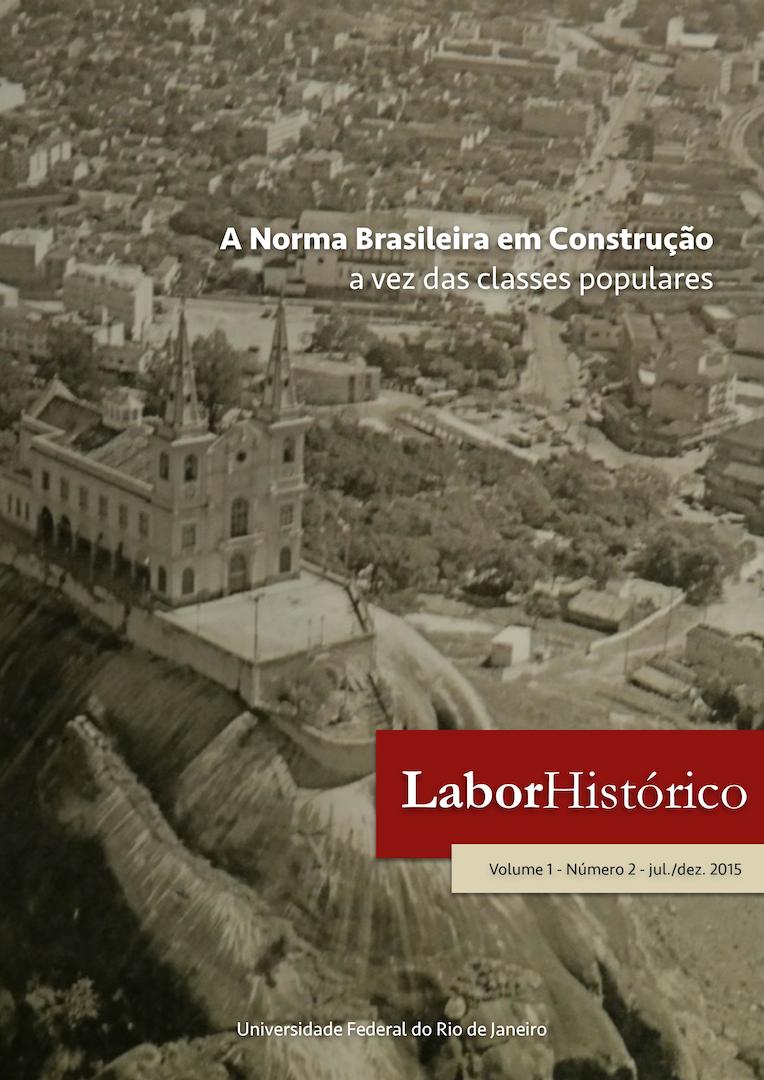Topics, Subjects and Grammatical Change: from Classical to Modern European Portuguese
DOI:
https://doi.org/10.24206/lh.v1i2.4796Abstract
This paper presents a diachronic account of the syntax of subjects in Portuguese by comparing three different constructions -- active, canonical passives and SE-constructions -- relating the change in the position of subjects to the loss of V2. In the V2 grammar, in which the pre-verbal position is associated with fronted elements, and non-fronted subjects remain in post-verbal position, we see the same patterns of word order in SE-constructions as in active and canonical passive sentences; in the (X)SVO grammar, in which the subject is associated with the preverbal position and the fronted elements occupy the left periphery of the clause, active and canonical passives show a significant increase of pre-verbal subjects, whereas SE-constructions remain alike with respect to word order. We interpret this result as evidence for analyzing the internal argument of SE-constructions as a complement rather than a subject.
##submission.downloads##
Pubblicato
Fascicolo
Sezione
Licenza
Os autores que publicam nesta revista concordam com o seguinte:
a. Os autores detêm os direitos autorais dos artigos publicados; os autores são os únicos responsáveis pelo conteúdo dos trabalhos publicados; o trabalho publicado está licenciado sob uma Licença Creative Commons Atribuição-NãoComercial 4.0 Internacional, que permite o compartilhamento da publicação desde que haja o reconhecimento de autoria e da publicação pela Revista LaborHistórico.
b. Em caso de uma segunda publicação, é obrigatório reconhecer a primeira publicação da Revista LaborHistórico.
c. Os autores podem publicar e distribuir seus trabalhos (por exemplo, em repositórios institucionais, sites e perfis pessoais) a qualquer momento, após o processo editorial da Revista LaborHistórico.


